Wi-Fi Heat Mapping
What is Heat Mapping?
A heatmap is a visual representation of where your wireless network is performing, or not performing. It can be used to measure the strength of your signal, and it can also be used to help you identify areas that need improvement. Radio waves can be blocked by walls, ceilings, and other objects. In order to provide optimal coverage across your entire space, your space must be mapped and optimised for the best possible signal.
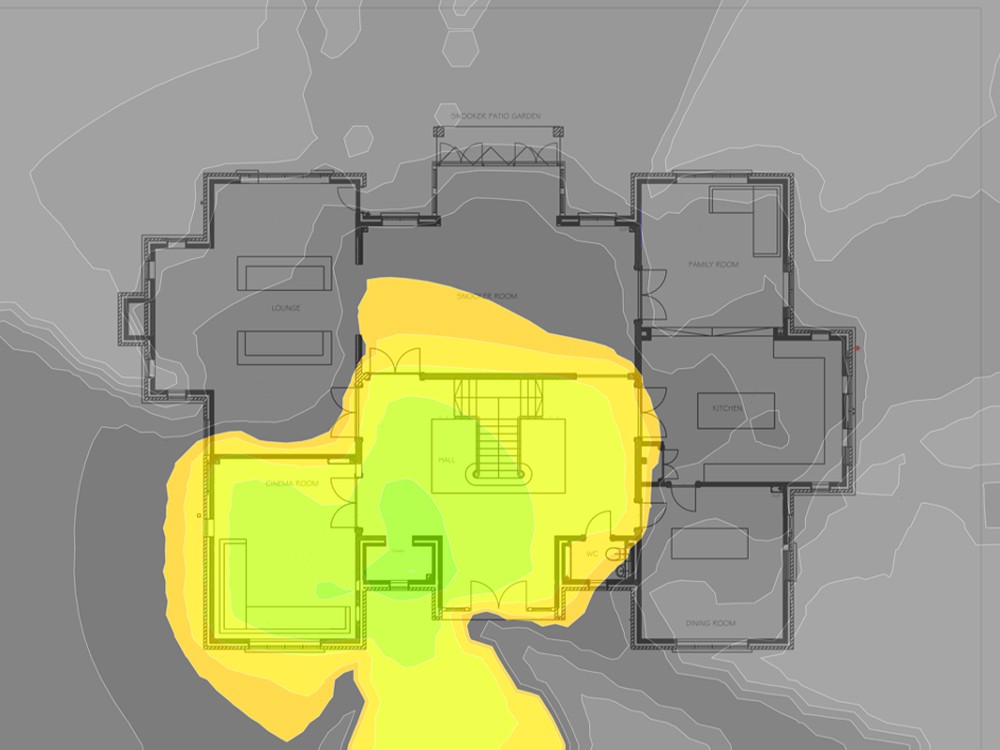
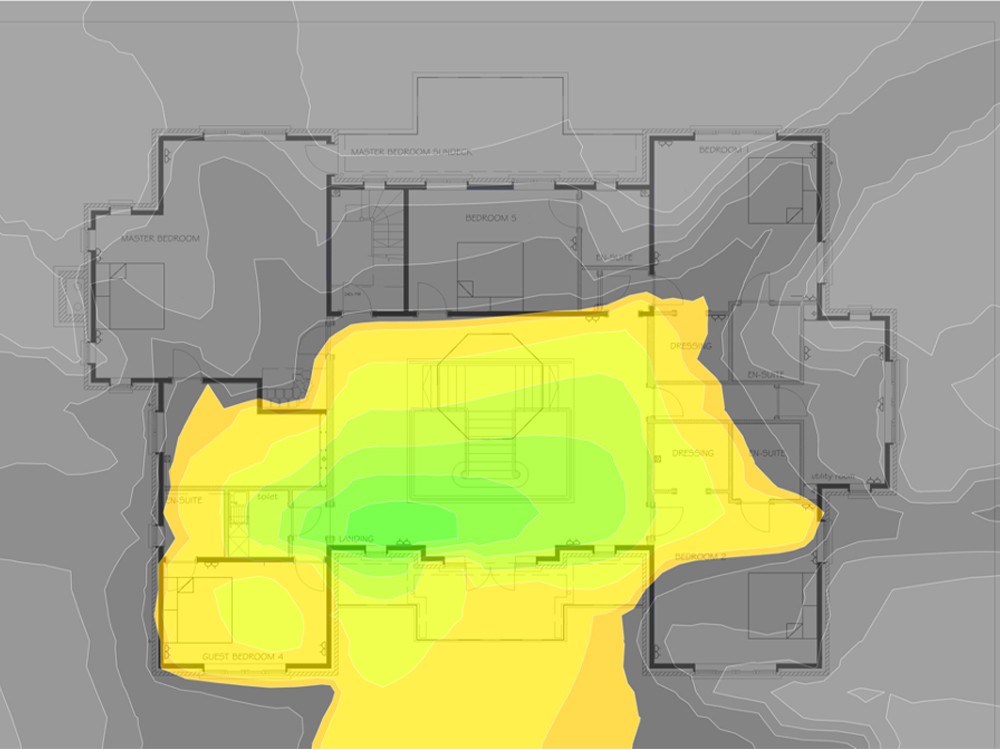
Avoiding Dead Zones
We can take your blueprints and heatmap them to determine the coverage needed to ensure your space has no dead zones, these look like areas with very low signal strength and often occur when a single Wi-Fi access point or router provided by the ISP is placed in a hallway.
Giving you Uninterrupted Connectivity
Using a heatmap will determine how well you and your devices are able to connect to the internet, you want to look for high peaks in signal strength. These areas are where you will have stronger, uninterrupted connectivity. We can use these heatmaps to establish exactly how many Wi-Fi access points you will need in your space and in what locations to ensure that you have great strength and uninterrupted signal no matter where you are.
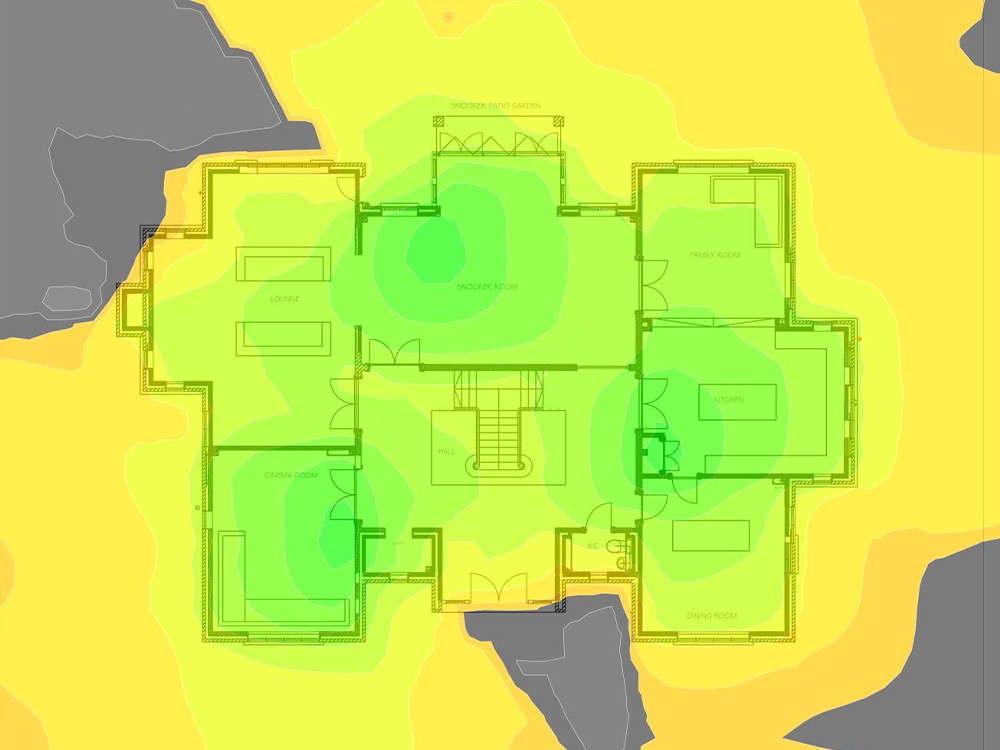
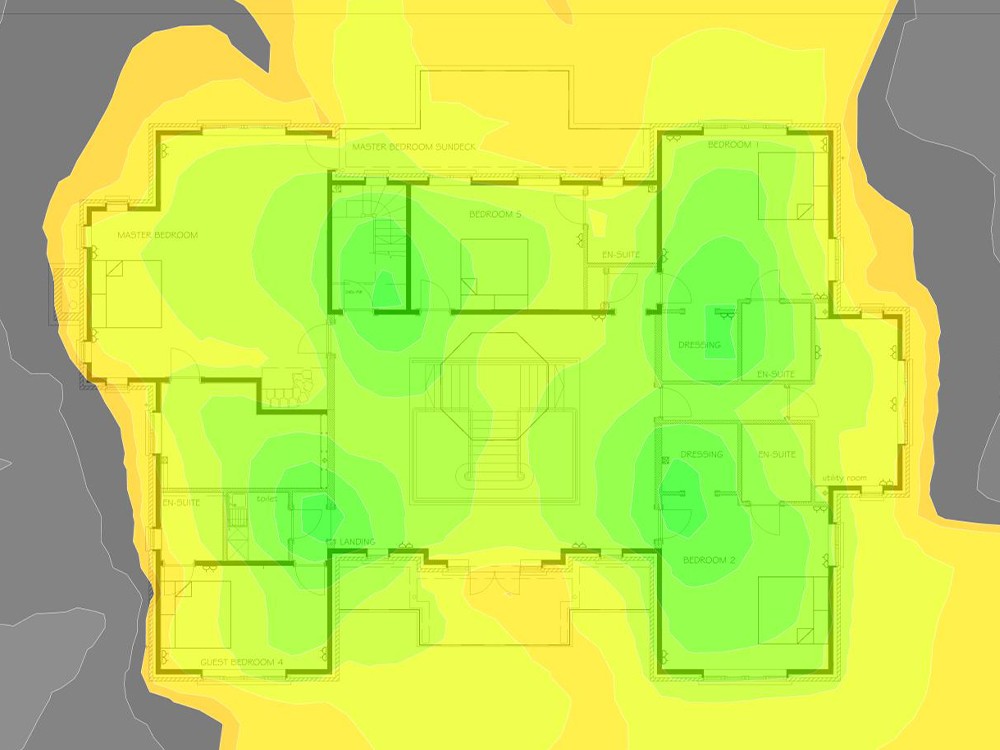
The RIVI Consultative Approach
At RIVI we have a dedicated team available to help you understand your heatmaps, how they depict your space and what it means for the performance of your system once deployed. We'll also walk you through all of our recommendations for access point placement, so that it's all crystal clear when we get started!
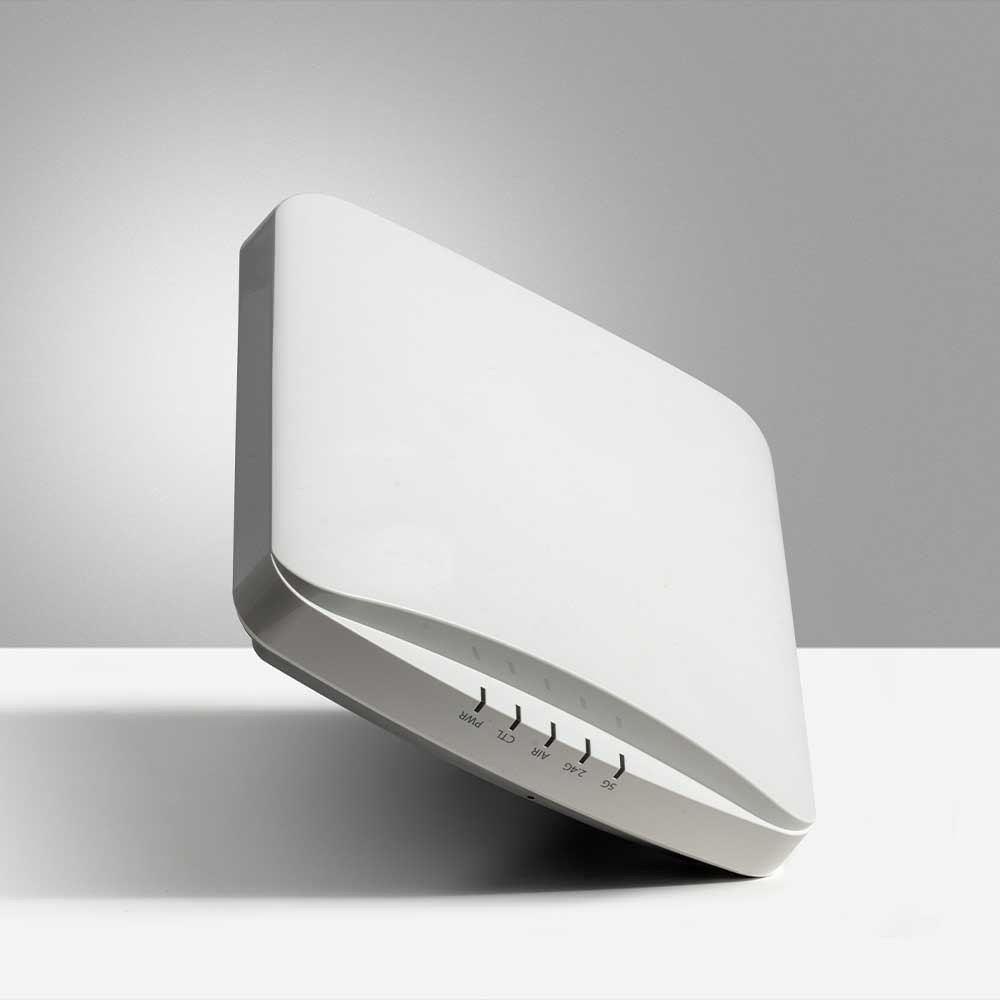
Products
Unstoppable connectivity for any situation. Choose the right product to suit the environment and usage needed to keep up with your life.

Wi-Fi at Home
Consistent, strong and reliable Wi-Fi for any type of space.

Wi-Fi for Marine
Powerful, consistent and secure Wi-Fi performance for marine environments.

Wi-Fi for Hospitality
Stay connected with patented Wi-Fi for high density environments.

Wi-Fi for Business
Seamless connectivity with increased capacity and huge coverage.
Ready to get started?
Site Navigation
Products
RIVI Horizon RV15 RIVI Nexus RV35 RIVI Velocity RV55 RIVI Elite RV65 RIVI Pinnacle RV75 RIVI Oasis EV35Contact
Unit K,
The Loddon Centre,
Wade Road,
Basingstoke.